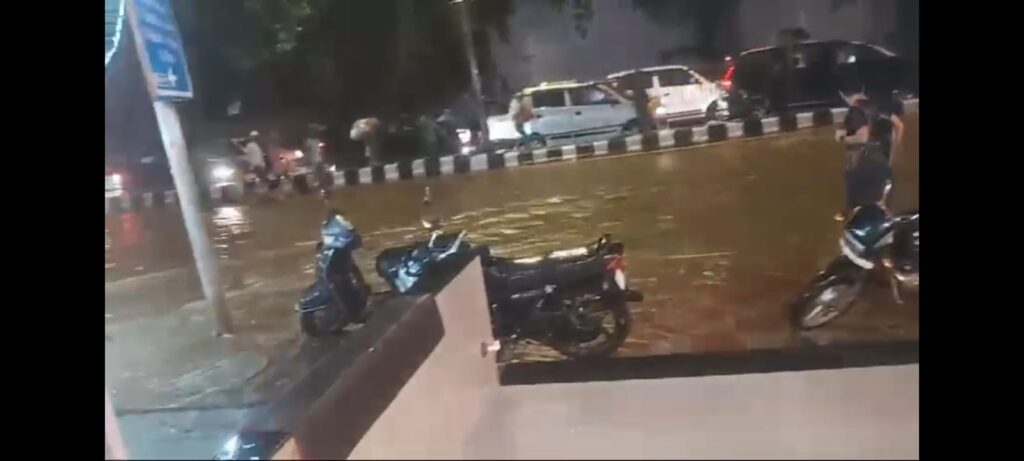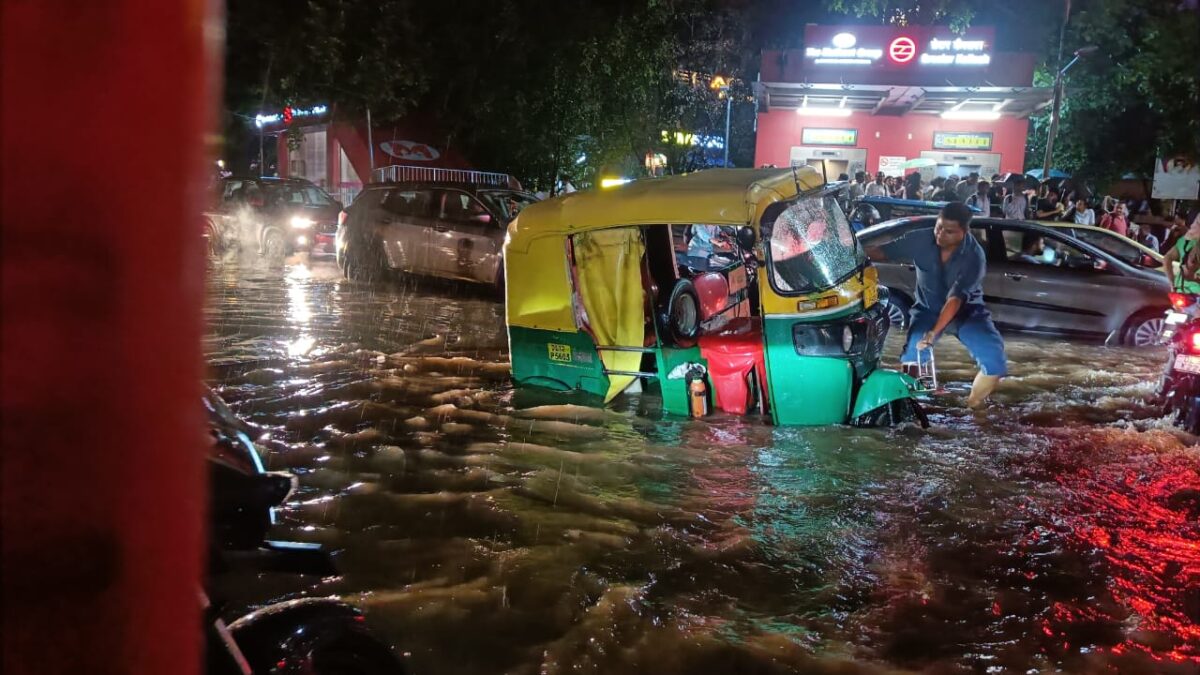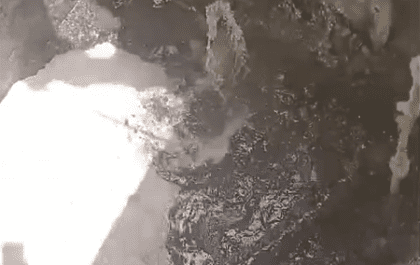The scorching summers are undeniably becoming more intense, leaving everyone yearning for the arrival of the monsoons. However, the onset of the monsoon brings its own set of challenges.
The impact of climate change is glaringly apparent with the new pattern we are experiencing: severely cold winters compressed into a couple of months, followed by a brief or almost non-existent spring. This abrupt transition from winter to summer gives way to prolonged and harsh summers with temperatures soaring to 50 degrees, followed by heavy rains causing widespread havoc throughout the country.
Numerous cities are on the brink of being transformed into seasonal rivers, as roadways turn into waterways. Our GK2 is no exception. The recent downpours bear testimony to this. The authorities are turning a blind eye and each year the situation seems to be getting worse. If you happen to be caught in a downpour, there are chances of being stranded on the road for a few hours due to water logging. The stormwater drains are almost nonexistent and where they are present, no cleaning is done resulting in such waterways.
On a lighter note – citizens could consider Rowboats, rafts and other means of water transport to navigate through these waterways during the monsoons. Earlier it was considered auspicious to have a dip in the river on special occasions. Since it has become difficult to go to them, it comes closer home thanks to the rain gods. Not to forget the basements of GK2 homes which have been ruined by water seepage and flooding. One need not go to exotic places to see waterfalls too – we have ample in our city – thanks to poor drainage and rampant construction. Our city has indeed become a city of streams lakes and waterfalls.
Our ancient civilizations were established near water bodies, and our rivers were revered as life-giving entities. Throughout history, cities and towns have been strategically built near water bodies – rivers and lakes – owing to their vital role as life-givers. Delhi, too, was developed along the majestic Yamuna River, which has now been reduced to a mere “Nallah” of polluted water. At one time, Delhi boasted of an impeccably designed drainage system consisting of stormwater drains that flowed into open drains running through all major colonies, ultimately reaching the river Yamuna. These drains served a dual purpose: keeping the colonies free of stormwater during incessant rains and replenishing the Yamuna with much-needed rainwater.
Alas, we have systematically destroyed the entire network – thanks to so-called “development” and “urbanization”.



Popular Stories
How To Revive Your Rainwater Harvesting System
The Water Couple’s Journey: From Cleaning Tanks to Complete Water Solutions!
Locals Felling Trees Near Sec A Pkt C
Winning Has Become a Habit for Divya
Is Green Park Heading Towards A Slum
Haphazard Parking, Narrow Walking Space In M Block Market
Recent Stories from Nearby
- खेल का मैदान April 9, 2025
- A Critique of the RWA’s Gate Closure Policy April 9, 2025
- मैत्री में होली प्रथा के अनुसार टाइटल सुनाए April 9, 2025
- International Women’s Day Celebration in G Block, Sector 41 April 9, 2025
- Bullying In J Block Park April 9, 2025







